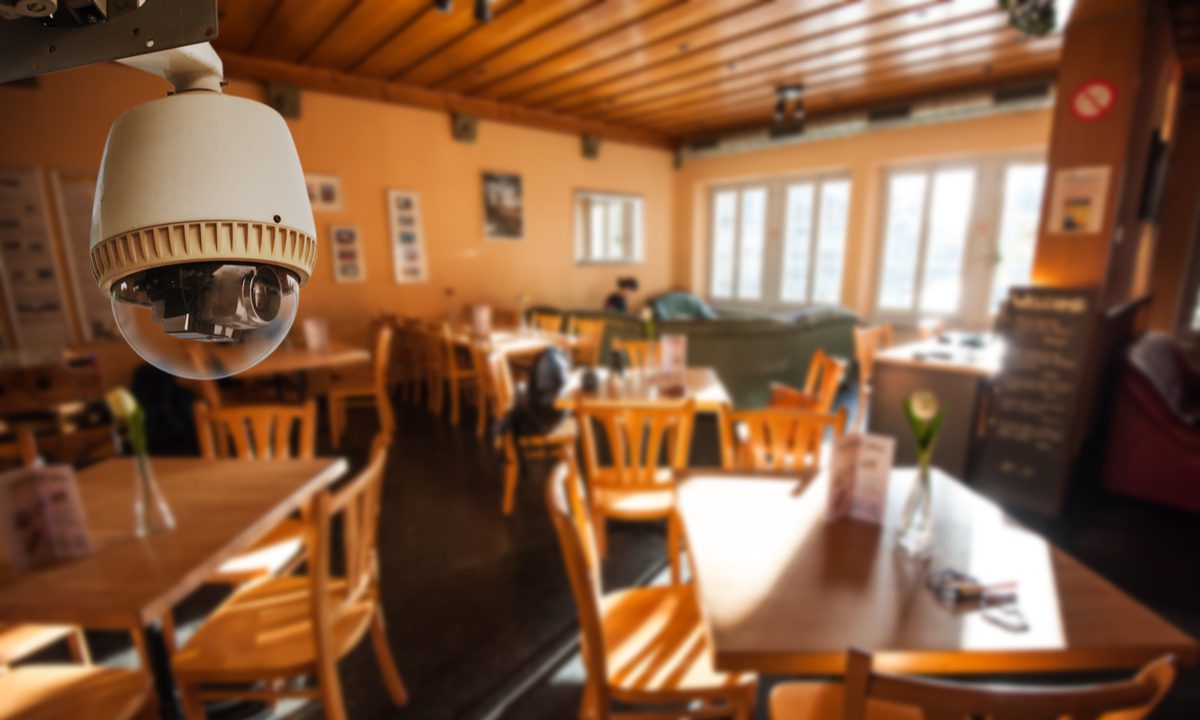Businesses Tap Connected Cameras for Customer Insights

Digital video recorders can provide businesses with more than security; they can also provide notifications and reporting that can be used to improve operations.
When digital video recorders are paired with software that can count people, monitor activity and generate reports, owners and managers can gain insights into their business along with the traditional benefits of security, theft deterrence and protection against insurance claims.
“The same kind of analytic function that only large retail companies or supermarkets had a few years ago is now available to any small business of any size,” Craig Vosburgh, senior product manager at ADT, told PYMNTS.
Enabling Remote Monitoring and Controls
As part of the monthly subscription for its Commercial Streaming Video Recorder (CSVR), ADT now offers advanced business analytics. With this service, users can receive daily or weekly reports as well as instant notifications when a measurement exceeds a threshold set by the user.
For example, with an open/close reporting tool, managers can learn if a location opened later or closed earlier than it should have. They can also see the status of the locks, the alarm system and video system, and control the thermostat. The user can set up custom notifications to be alerted immediately if something unexpected happens, including a power outage.
“The multi-location services, the app and the portal, really help a business owner that can’t be at their business or at all their locations at any one time,” Vosburgh said.
Optimizing the Customer Experience
With occupancy tracking, users can monitor how many people are at the location and receive a notification when a threshold set by the user has been exceeded. This can be used to ensure the number of people doesn’t exceed the fire marshal regulations and to better deploy staff. This feature is commonly used in grocery, entertainment, restaurants and bars.
“You as the owner or manager can be alerted if your premises have reached a certain threshold, so you can call in staff that may be off-site or maybe move staff from the back of the house to the front of the house,” Vosburgh said.
With queue monitoring, managers can receive notifications if the number of people standing in line or the amount of time someone has waited exceeds a threshold set by the user. They can also receive daily or weekly reports showing how many people have been served at a cash register, window or counter. The notification enables the manager to open another register or send another employee.
“That’s a powerful tool to help enable you to jump right on top of that situation before you have a whole string of dissatisfied customers,” Vosburgh said.
Adjusting Advertising and Merchandising
With a people-counting feature, businesses can monitor their traffic by the time of day or the day of the week. This helps business owners manage their staffing and measure the results of advertising and social media campaigns.
“So, for example, ‘I did a social media campaign to try and drive some traffic, and I noticed that the store on the east side had a little pickup in traffic at this time of day, but it didn’t work for my west side store,’” Vosburgh said.
With a heat-mapping function, businesses can monitor the traffic in their stores and see how customers navigate the location. For example, a store with four aisles might find that one aisle gets 20% or 30% more traffic than the others.
“You could be monitoring for hot and cold spots — cold spots meaning areas of your merchandising on display that people are walking right on by,” Vosburgh said. “You can adjust your merchandising to spread out the flow of your traffic and overall increase sales throughout your store instead of having just one hot spot in your store.”
With a crowd-gathering feature, business can see where on the premises people are gathering. This can be used for safety reasons, for social distancing or for sending staff from a quieter part of the store to a busier one.
“If you have live demos or free food giveaways, you can use it to measure the success of one of those,” Vosburgh said. “Did you attract a crowd? How long was it there? How many people? You were giving away free stuff for the afternoon, how did that go?”